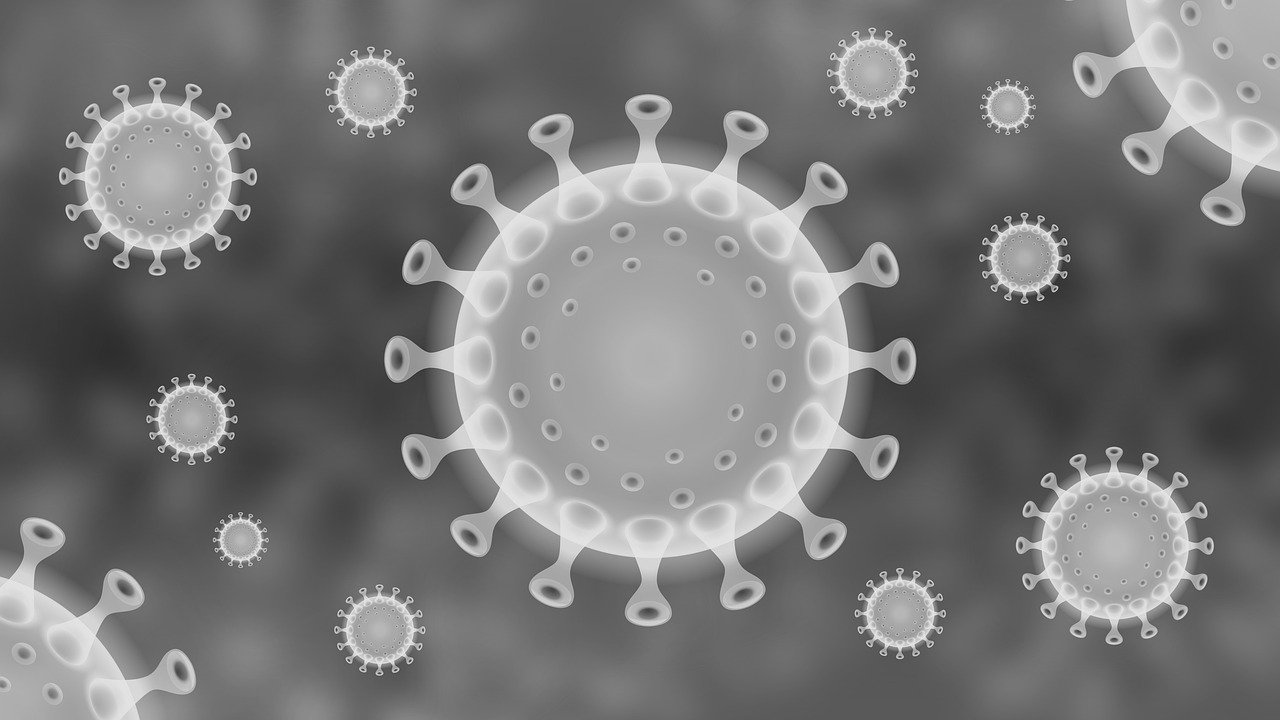The new paper ‘Ranking the effectiveness of worldwide COVID-19 government interventions’ is out on Nature Human Behaviour. The study is the result of the collaboration between Sony CSL Paris, the Complexity Science Hub Vienna and Sapienza University of Rome. In the absence of an effective vaccine to treat SARS-CoV-2, non-pharmaceutical interventions (NPIs) are used by governments to mitigate the spread of the virus. As these interventions have substantial socio-economic impacts, understanding which NPIs are the most effective would allow stakeholders to target interventions to reduce the transmission rate. Using country-specific ‘what-if’ scenarios, the authors assess how the effectiveness of NPIs depends on the local context such as timing of their adoption, opening the way for forecasting the effectiveness of future interventions.
The authors found that a suitable combination of NPIs is necessary to curb the spread of the virus. Less disruptive and costly NPIs can be as effective as more intrusive, drastic, ones (for example, a national lockdown). To assess the impacts of NPIs on mitigating the spread of SARS-CoV-2 and reducing the reproduction rate, they used four computational methods for evaluating 6,068 NPIs implemented between March and April 2020 in 79 countries or regions. They validated their results using two external databases of 42,151 NPIs from 226 countries. According to all four methods, the most effective NPIs were the cancellation of small gatherings, closure of educational establishments, border restrictions, individual movement restrictions, national lockdowns and increasing the supply of personal protective equipment.
The authors identified that less-disruptive NPIs, such as government support to vulnerable populations, food assistance programmes and communication strategies on social distancing and self-isolation, can be as effective in reducing the rate of transmission as more drastic and intrusive options, such as lockdowns. Among the least effective NPIs were environmental measures, e.g. the cleaning of shared surfaces. The authors also found that the speed of implementation of NPIs, how many measures had already been implemented, as well as socio-economic, cultural and political factors impact on the effectiveness of the NPIs in individual countries.

Change in Rt (ΔRt) for 46 NPIs at L2, as quantified by CC analysis, LASSO and TF regression
Furthermore, the implementation of AI techniques allowed the authors from Sony CSL Paris to build a significant model to describe the dependence of Rt from NPIs, also in the case of unobserved government containment policies. The AI model allows exploring alternative NPI sequences, from anticipating or delaying the application of specific NPIs to reorganizing the full NPI series to check new scenarios. This approach possibly leads to identifying optimal solutions to contain Covid19 and proposing alternative policies to avoid radical intervents as the lockdown.

The authors conclude that there is no unique NPI that prevents the spread of COVID-19; a combination of interventions tailored to an individual country and its epidemic is in order. They highlight that their data is time-limited and that further research is needed to assess the impact of the NPIs over a more extended period when countries were easing and (or) re-adopting restrictions.
Authors: Nils Haug, Lukas Geyrhofer, Alessandro Londei, Elma Dervic, Amélie Desvars-Larrive, Vittorio Loreto, Beate Pinior, Stefan Thurner & Peter Klimek
Read the full article here



